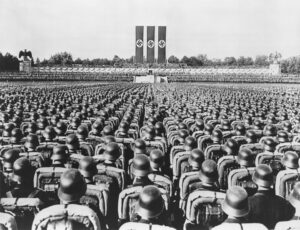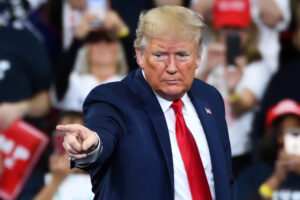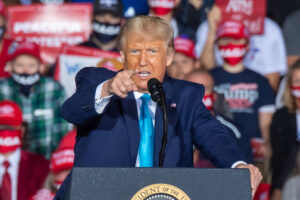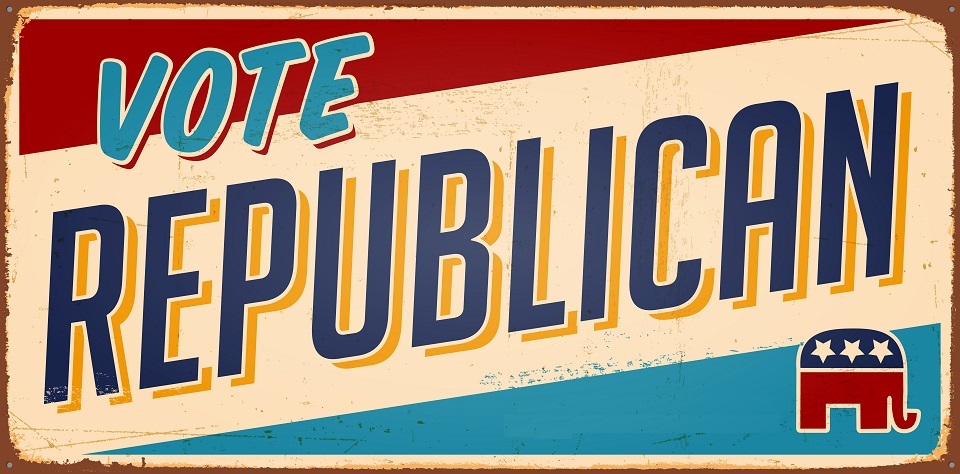
The Republicans predate the civil war of 1854 with a vision to make America a free labor society and a pro-industry. The first policy of the Republicans, formed before the civil war, was to eradicate the slave trade.
The republican came when the Whig, Free-Soil party and some then-members of the Democratic party came together to prevent slave trade extension into Kansas-Nebraska territories. In 1854, the party was formed at the Jackson political conversion.
The outlook of today’s Grand Old Party is different from when Lincoln and the contemporary were in charge. The Republicans fought the slave trade till its abolishment in the 20th century. The name GOP and the elephant logo came in the 1870s.
From the party’s inception, the structure and other things about the party have changed, wearing a new outlook.
6 Notable Changes of the Republicans
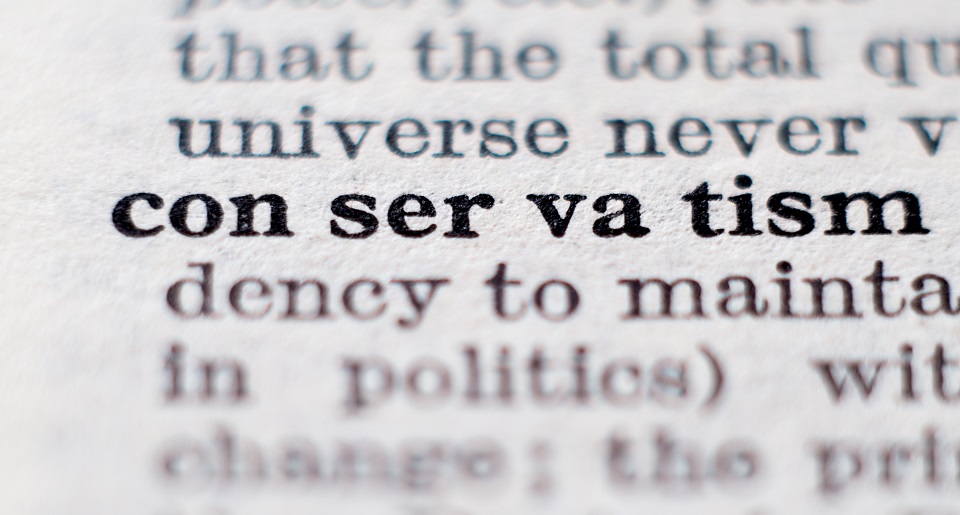
From extremely liberal to more conservative
There is no absolute scale to measure ideology, but one can say that the republicans have moved from extremely liberal to be conservative. Using DW-Nominate scores, political experts believe that the Republicans have moved to the extreme right on the scale.
Anecdotal evidence is how some members regarded as solid conservatives during the George Bush era are considered right-wing in the current Republican context.
Members like Ohio Governor Jon Kasich, House Speaker John Boehner, and the deceased Arizona Sen. John McCain are believed to be more right-wing. The immediate past president, Donald Trump, is considered more conservative than Bush.
If this is hard to quantify, the forces that made the republican more conservative is stronger than in the past decades.
Meanwhile, George Bush signed a tax increase to improve the federal budget deficit. However, George W. Bush and Donald Trump, his two Republican successors, didn’t consider tax increment as they put the Party’s conservative approach in mind.

Republicans demography has changed
The stereotype that the GOP is the party of older people remains as Trump’s rallies involve many older people, representing the Republicans of today. However, as America has grown older, more educated, and more diverse, the Republicans have grown even older than one might think.
In the 1980s, the GOP voters grew more diverse and more educated as the country grew; there was, however, a standstill in the 1990s. From the 1950s through to the 1980s, the number of non-Hispanic supporters having no college degree declined. However, the rate of declination reduces in the 1990s.
The GOP demography, according to Pew Research Center, highlighted that, in the 1990s, 38% of registered voters recognized as the republicans are half of a century or older, while 61% were below 50. by 2016, the republicans that are 50 years or older have grown to 58% while 41% are below 50.
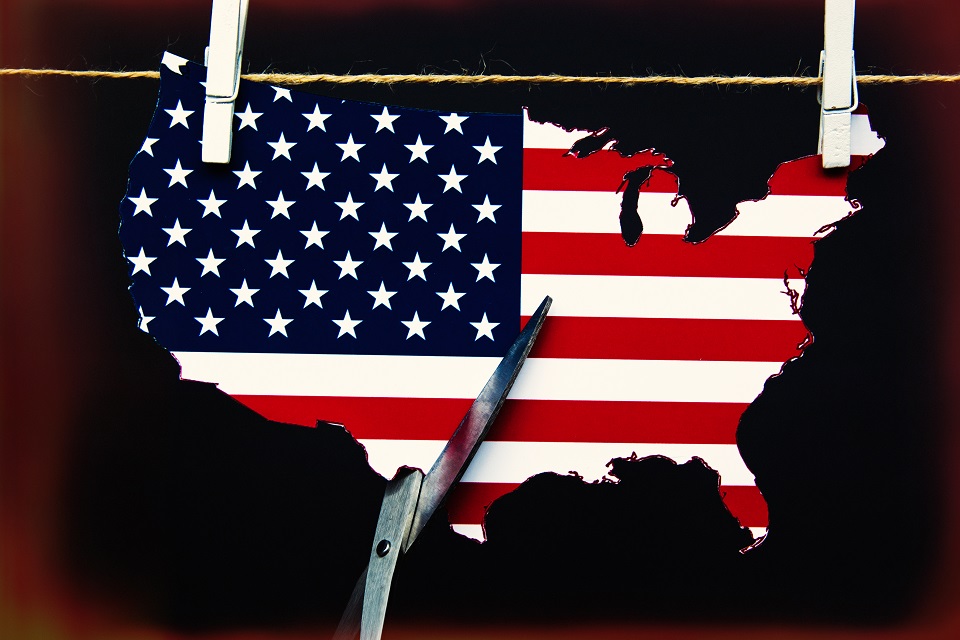
The Republicans were once weaker in the South but stronger in the North
In 1988, Bush won the Golden state, the sixth consecutive election where the Republican candidate won California. The winning stride extended to Connecticut, Illinois, Vermont, and Delaware.
The GOP also had two senators in Oregon and New Hampshire and one from Delaware and New York. Louisiana, Alabama, Georgia, Arkansas, and Tennessee have no Republican senators.
However, the states mentioned above are currently under Republican control, unlike the 1990s. In contrast, as Republicans gain power in the South, they lose power on the coasts. Currently, The GOP is dominating the South and has almost completely lost control of the West coast.
This shift is seen in how Trump lost California by 30% points, how Bush forfeited West Virginia by 5% vote in 1988, and how Trump won the same state in 2016 by 42 points.
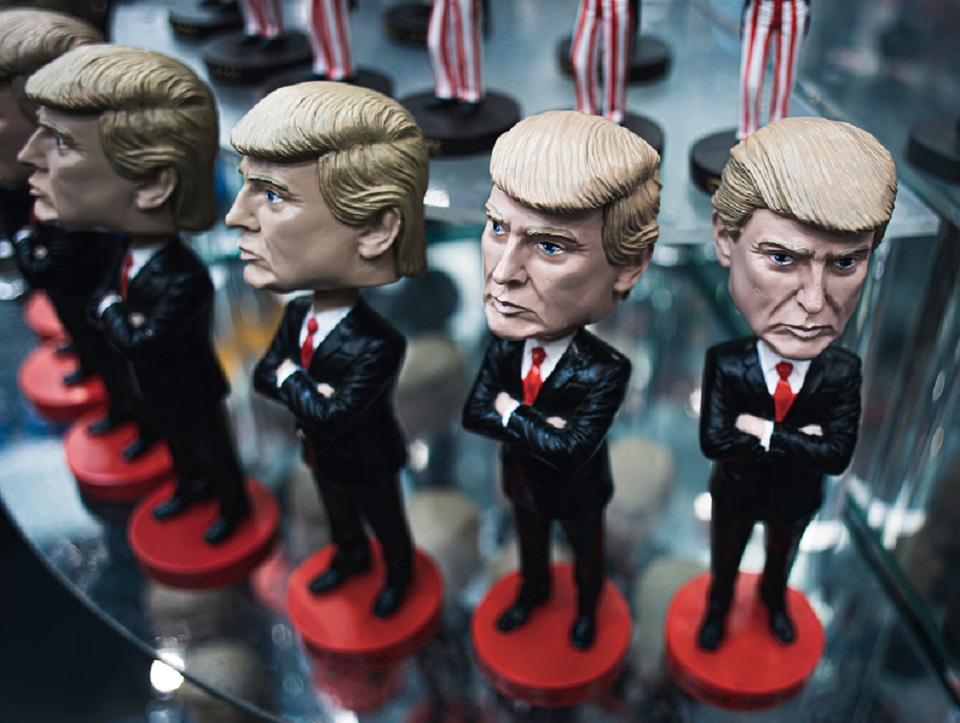
Trump has changed the party to his image
You may say that the ideologies of the Republicans since inception haven’t changed much as the party still prefers to cut taxes; the white without college degrees are still the majority of the voters. The party is still dominated by the white, and they still believe in appealing to the white party members by stereotyping non-white Americans.
With the changes above, one may think there is no change in the formulation of the Republicans. However, Trump is different from other GOP presidents, and his way is not in tandem with what the former Republicans have done.
But he got the ticket by aligning with what the GOP has become and not the original ideas the Bushes wished. Evidence is the tension between Trump and McCain and Trump and the Bush family.
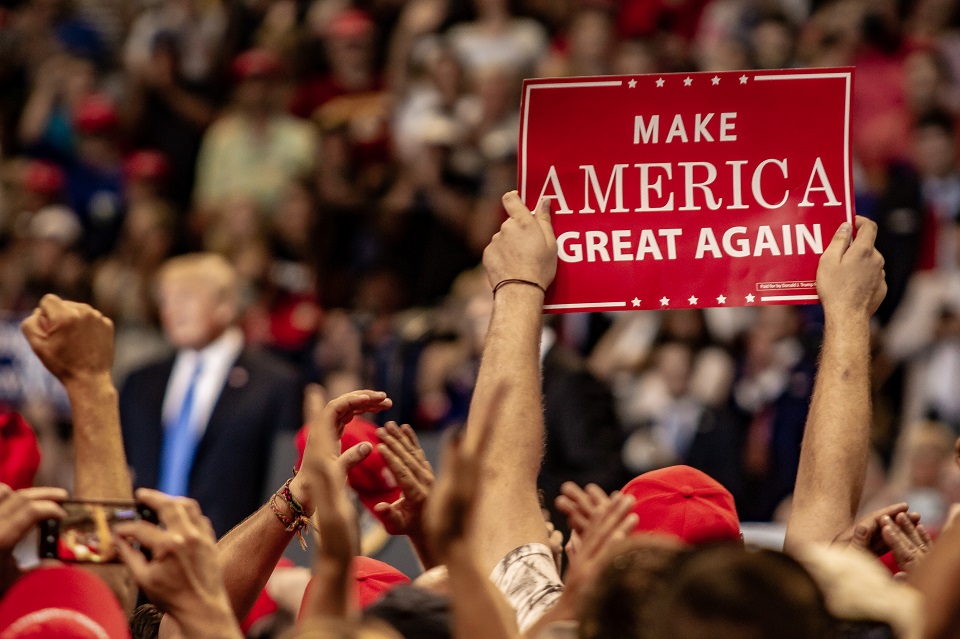
Trump has reshaped the Republican Party’s priorities
At inception, the political party’s first policy issue is the abolishment of the slave trade. However, Trump’s administration’s focus is on trade, immigration, and other populist issues. 90% of Republicans support Trump’s priorities, signaling that the party is happy with his administration.
The far cry of the party even wants him to continue the trend and could have continued if he was reelected.
Notwithstanding, there was a growing concern that Trump and the lawmakers will differ on legislation because his extreme policies and languages could cause more division in the country and make the country more partisan and less compromise.
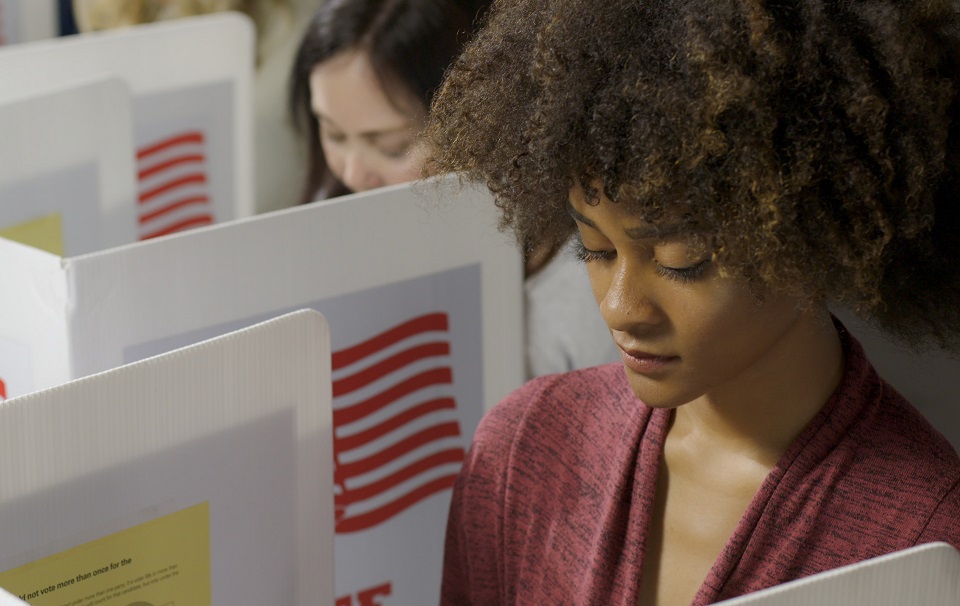
More changes in the voting pattern may affect future policies
The transformation of the US electorate where the youth are becoming the larger voting demography may hamper the Republicans holding the major offices. Because older white men dominate the GOP and the new population of young voters may align with the Democratic Party, this trend will affect the voting pattern more.
In short, the GOP may find it difficult to be elected into federal, state, and local governments’ positions. This means that ideas and policies of the Republicans could be forgotten and would affect the day-to-day outcome of the Americans from gay rights, religious rights, taxes, and reproductive rights.
Everyone is subjected to changes, and politics isn’t different. People constitute a party. When people become diverse with different ideologies, their political priorities will also change.
From anti-slavery to being more known with populist issues, the GOP has changed since its formation in the 1850s to Donald Trump being the flag eater.




